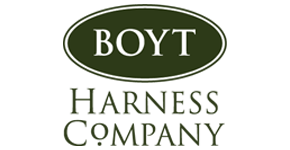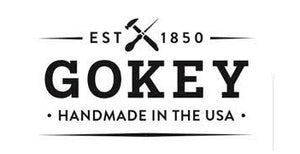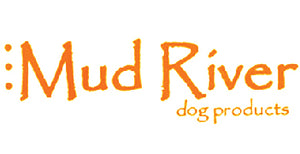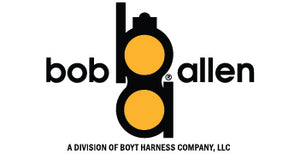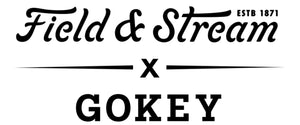Canine Oral Hygiene
What pet owner doesn't appreciate the wet-nose nudges and licks of hello from their furry companion? Maybe an owner whose pet has stinky or downright putrid breath! Bad breath is more than unpleasant: It is often an indicator of underlying health problems in the mouth. Plaque and tartar accumulation results from microorganisms living, feeding, and multiplying in the oral cavity. While microorganisms are a routine inhabitant of the oral cavity, an excessive population can develop with organic material trapped in and around the teeth and under the gums. Dental disease is like an iceberg in that much of the problem is below the surface. Halitosis (bad breath) is frequently the first sign dog owners notice. Other signs of potential problems in the mouth include decreased appetite, bleeding or reddened gums, discolored or broken teeth, drooling or pawing at the mouth, aversion to opening mouth, changes in chewing habits, and abnormal masses in or around the mouth.
Dentition
Normal puppy teeth (deciduous teeth) begin to surface around 3 weeks of age and continue to emerge for several weeks. Adult dogs have 42 permanent teeth that begin to surface around 3 months old and replace the puppy teeth. Most adult teeth are present by 6 months of age. Normal dentition includes the correct number of teeth in the correct anatomical position. Any variance from proper position or alignment can be a setup for future dental disease.
Oral Exam
It's not possible to perform a complete dental exam on an awake patient. A basic oral exam is performed as a part of a dog's physical exam. During this time, the veterinarian can identify obvious problems and create a treatment plan. Anesthesia is necessary to thoroughly evaluate the health of the teeth and associated structures; all oral procedures including radiographs, teeth cleaning/polishing, tooth extractions, mass removals and other oral surgery are done under general anesthesia for the safety and best possible care for the dog. Most veterinarians can perform routine dental procedures; board certified veterinary dentists are also available for both routine and specialized procedures. Oral abnormalities diagnosed in juvenile dogs are often a result of genetic inheritance, injury, or illness. The breed of dog plays a large role in the type of oral health issues a dog may face. Abnormalities of teeth alignment may predispose pets to dental disease.
Acquired abnormalities of the mouth diagnosed in adult dogs generally fall into one of the following 3 categories:
- Tooth disease
- Gum disease
- Oral masses
Inflammation and infection from dental disease are not only painful, but risky to the pet's overall health. Microorganisms that live in the mouth gain easy access to the bloodstream when the mouth is diseased. This allows infectious organisms to spread to otherwise healthy areas of the the body and initiate disease and immune system stress.
Prevention
Dental health care routines should begin in patients long before disease is present. The best tool for preventing dental disease is low cost and easy to do: brush the teeth and gums with a soft bristle toothbrush. Regular (daily or at least several times per week) brushing is the best way to prevent buildup of plaque on teeth. Toothpaste is not necessary, though, if used, a species-safe paste is required, since the animal will ingest the product and human toothpaste can make a pet sick. If you are concerned about your own oral health (along with your pet's oral heath) and require emergency attention, you might consider visiting dental clinics that offer satisfactory services. Many oral hygiene promotion products are on the market and some are more effective than others. And it is necessary that you look for the most effective ones. Take for example Dental chews. Dental chews (like Bully sticks are available) and water-treatments are popular items in dental care that your veterinarian may recommend. These products are helpful but should be used in conjunction with - not in lieu of - regular teeth brushing and dental cleaning. Veterinarian reviews of quality dental products can be found online at: veterinary oral health council www.vohc.org
Dental health begins as soon as you bring your new pup home and continues throughout the pets lifetime. Safely examine your dogs mouth for any obvious abnormalities. Puppies should become familiar with the toothbrush with a gradual introduction and positive reinforcement of good behavior. This sets the stage for proper home care/preventive care for oral health. Teeth should be examined and cleaned yearly. This routine maintenance will help detect problem areas early and keep teeth in top working condition.
### Amanda Burow, D.V.M. (Dr. B), is a graduate of Iowa State University's College of Veterinary Medicine. Dr. Burow's patient list includes hunting dogs of all varieties, as well as several field trial dogs and full time sporting guide dogs. In addition to practicing general veterinary medicine, she has special interest in the areas of preventive care, emergency medicine, and dermatology. In her spare time, she enjoys being outdoors and on the lake, staying active, reading, and spending time with family and friends. Mud River is proud to share these tips from Dr. B with our customers. Keep in mind it is best to work with your local veterinarian to determine the needs for your animals.


